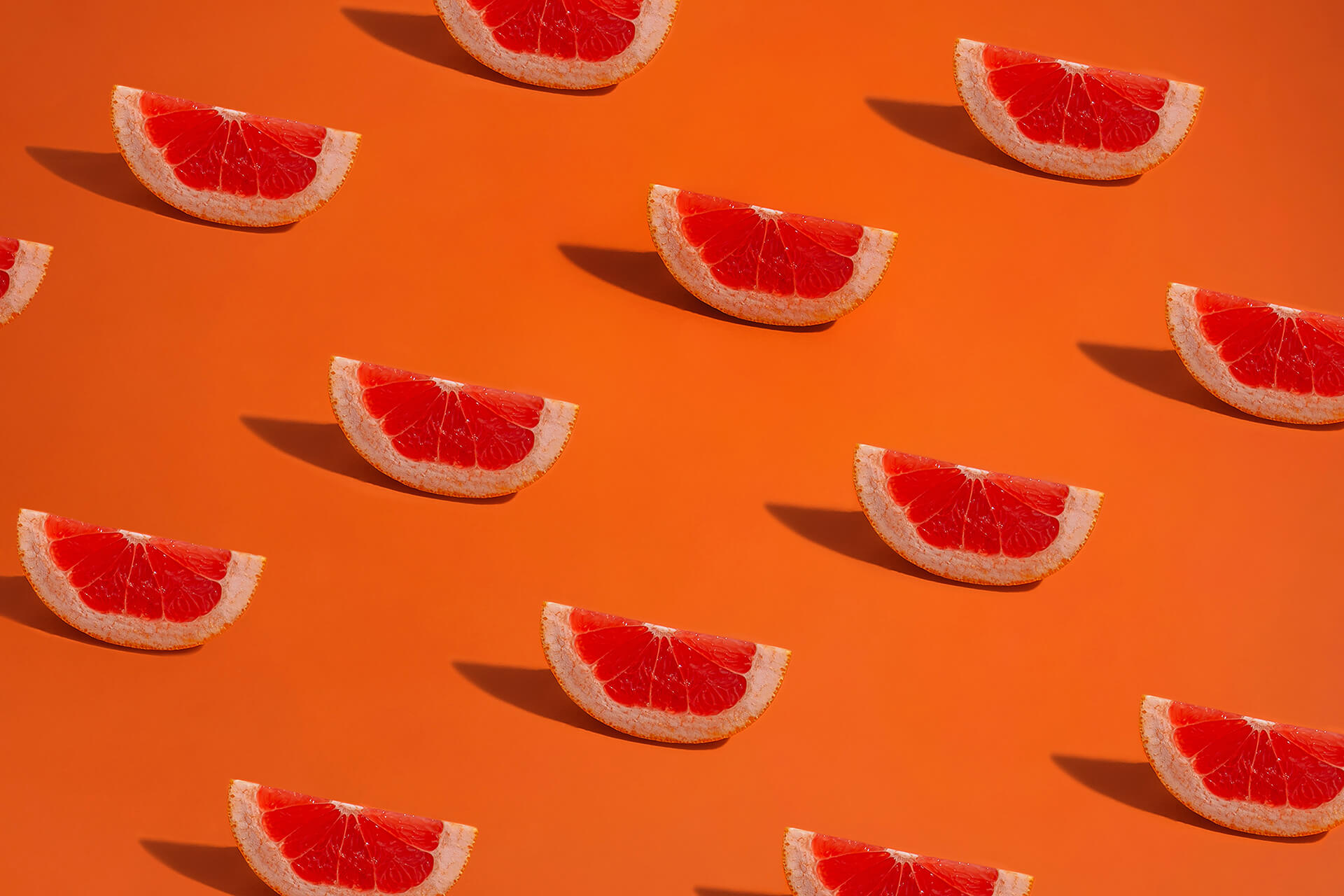
The nature of DR - Google
- The Dominican Republic is located in the eastern part of the island of Hispaniola, which is part of the Greater Antilles archipelago..
- The island is crossed by three mountain ranges, of which the Central Cordillera (Cordillera Central) is the highest mountain range in the Caribbean and at the same time one of the national parks. In the Parque Nacional Armando Bermúdez rises the highest mountain, Pico Duarte, reaching a height of 3087 m above sea level. This park is very densely covered with vegetation and we can find everything from orchids to wild parrots (amazonia ventralis). 12 of the most important rivers also originate in it. In the eastern part of the park is the largest waterfall, Salto de Aguas Blancas, falling to a depth of 83 m. In the neighborhood is the José del Carmen Ramírez Parque Nacional, which covers rich tropical jungle-type vegetation with a rich fauna. Over 12% of the total area of the Dominican Republic is protected and you will find another 12 national parks and 9 nature reserves. Another such place is the Enriquillo salt lake in the southwest, where you can be surrounded by crocodiles (which live freely here in the largest number ever) and over a meter large iguanas, ibis birds, herons and flamingos. The lake is also the lowest point of the island. In the northeast, visit Los Haitises National Park, where you will see dozens of pelicans, frigatebirds, cormorants and seagulls, a significant part of the park is covered with mangroves. Another point of interest are the limestone caves where Tain wall paintings have been preserved intact. Famous Caribbean pirates Cofresí and John Rackham hid in the caves in the past, and scenes from Jurassic Park were also filmed here. The Sierra De Baoruco National Park is home to over 50% of all orchid species found so far in the Dominican Republic and is home to the largest conifer forest in the Caribbean. To the east, the Del Este National Park is a refuge for several dozen species of birds, but large iguanas can sometimes be spotted on the shores. If you're lucky, you'll also see a type of marine mammal called a "manatee" - a sea siren that can only be found in a few places on our planet. In the Jaragua National Park in the south of the island, you can see not only dolphins, but also large sea turtles, or even a sea siren in the clear waters of the Caribbean. There is also the salty (and largest Dominican) lake Lago Enriquillo, roughly 40 m below sea level (it is thus the lowest point in the Caribbean), where crocodiles also live. These, along with flamingos, can be observed here from the island of Cabritos on the lake. Many species of birds nest on the nearby freshwater lake Cabral, including kingfishers, herons and raptors.
- Among the animals that you can see with your own eyes on the island are about 250 species of birds, 30 species of reptiles, several dozen species of amphibians and mammals, although no large ones live here. The interior is then occupied by an impassable jungle hiding in its interior not only a lot of birds and amphibians, but also various insects, which, fortunately, are not difficult or dangerous. Every year between January and March, the mating ritual of kerporkaku whales takes place off the Dominican coast. The number of whales that come here is estimated at three thousand.
- There are over 5600 species of plants in the Dominican Republic and new species are discovered every year. What is interesting about this number is that 36% of the species out of this number are endemic. Among the most exotic are over 300 varieties of orchids and 200 types of hibiscus. The interior of the island and its mountain range are made up of impermeable tropical and subtropical jungle. In the south of the island, near the border with Haiti, there is one of the few dry forests on our planet that is practically still untouched by man. Cacti grow here, but also typical desert vegetation.
- The most common agricultural crops are palm trees (there are several dozen species), sugar cane, cocoa, coffee, citrus and banana trees.





Lago de Enrique


Dominican Republic
The Dominican Republic is located in the Caribbean Sea, on the eastern part of the island of Hispaniola, which is part of the Greater Antilles archipelago. is the second largest and most populous country in the Caribbean region (surpassed only by Cuba). The area of the country is 48,730 km2, the number of inhabitants is less than 9 million. More than 20% of the country's population works in agriculture. Another important sector is the processing industry, which is mainly represented by sugar factories, rum distilleries and tobacco processing plants. In the 1990s, the Dominican Republic became a sought-after destination for discerning Western tourists, and tourism became a significant source of income for the state budget. Punta Cana, Playa Bavaro, Uvero Alto in the east, Bayahibe in the southeast, Boca Chica, Juan Dolio or the capital of Santo Domingo in the south, Cabarete and Puerto Plata in the north, and the newly discovered Samaná peninsula became the most visited places.


